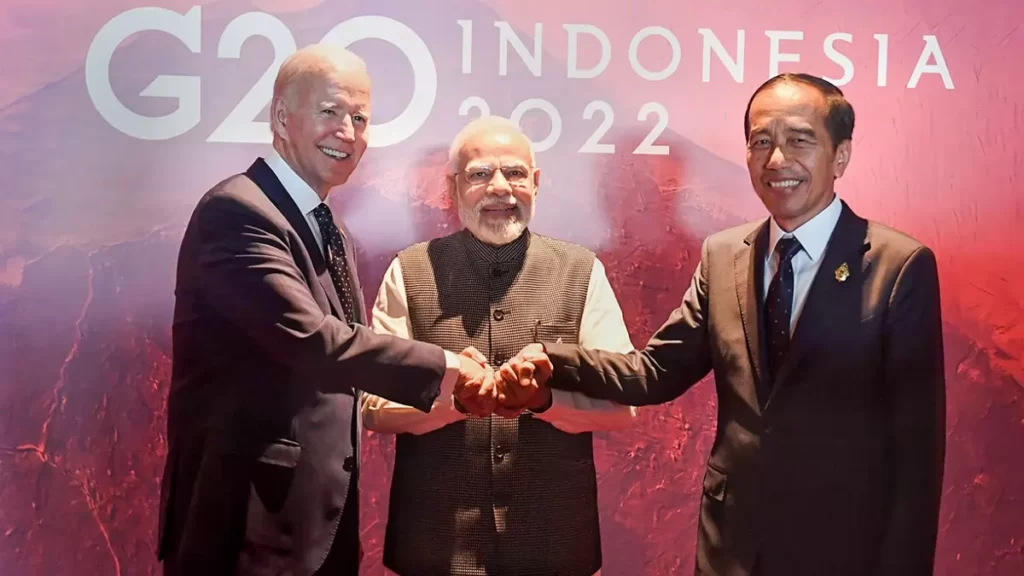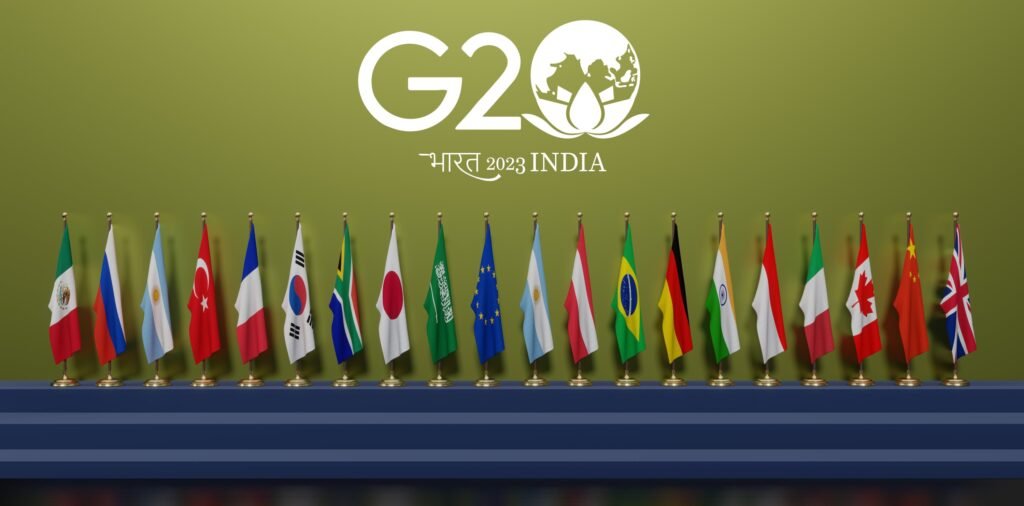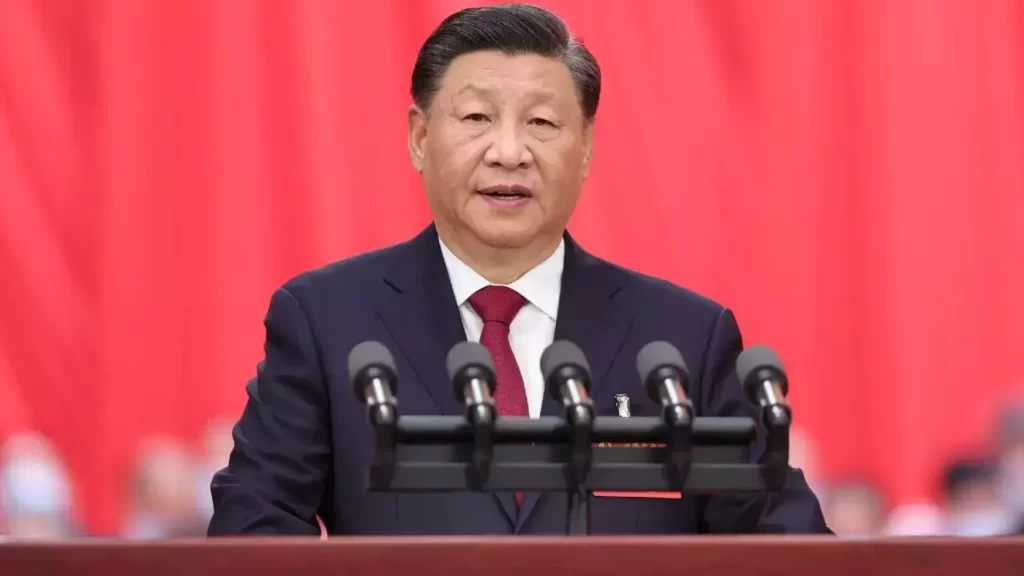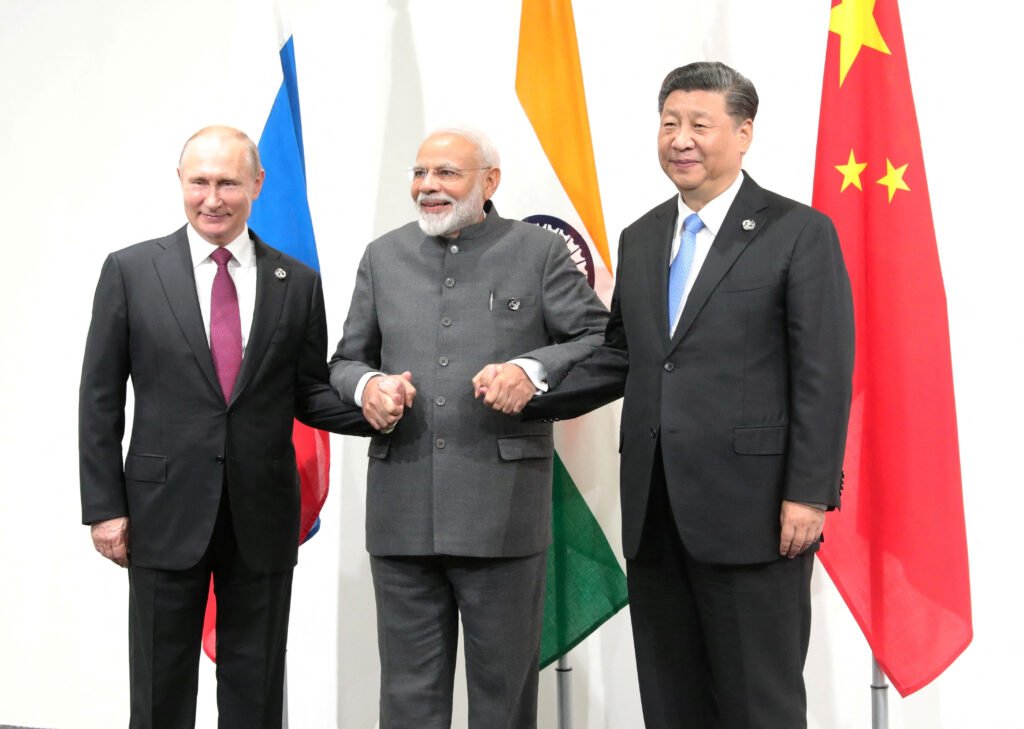The world was watching closely as leaders from around the globe gathered for the G20 summit, a forum known for addressing pressing global issues. However, this year’s summit took an unexpected turn when Chinese President Xi Jinping decided to skip the event. As the international community speculated about the reasons behind Xi’s absence, a new flashpoint emerged at the India-China border, adding to the already complex relationship between the two Asian giants.
Xi’s Absence from G20
Chinese President Xi Jinping’s decision to skip the G20 summit raised eyebrows and generated significant speculation. The G20 summit is a critical platform for world leaders to engage in discussions on pressing global challenges, including climate change, economic cooperation, and public health crises such as the COVID-19 pandemic. Xi’s absence at this crucial event left many wondering about the motives behind this unexpected move.

One widely discussed theory is that Xi’s decision was linked to China’s ongoing territorial disputes and tensions with neighboring countries, including India. The absence of a Chinese leader from a global forum like the G20 could be seen as a deliberate attempt to downplay China’s international engagement and prioritize its domestic concerns.
A New Flashpoint at the India-China Border
While the world focused on Xi’s absence from the G20, a new flashpoint emerged at the India-China border, specifically in the Ladakh region. This border area has been a hotspot of tension and conflict between the two nations for decades, with both sides staking claim to various territories. The situation escalated in 2020, resulting in a deadly clash in the Galwan Valley.

Recent reports suggest that there has been renewed military activity along the Line of Actual Control (LAC), the de facto border between India and China. Both sides have accused each other of violating the status quo and increasing their military presence in the region. These developments have raised concerns about the potential for further escalation and conflict.
The border issue between India and China is deeply rooted in historical disputes and competing territorial claims. Efforts to resolve the conflict through diplomatic means have yielded limited success, and the situation remains volatile. The recent developments at the border underscore the need for sustained dialogue and peaceful negotiations to prevent any further escalation.
Implications for Regional Stability

The ongoing tensions at the India-China border have significant implications for regional stability and global geopolitics. The border dispute has the potential to impact not only India and China but also neighboring countries and the broader Asian region.
For India, the border issue is a matter of national security and territorial integrity. It has invested heavily in upgrading its infrastructure along the border and bolstering its military presence in response to perceived threats from China. These actions reflect India’s determination to protect its interests in the region.
China, on the other hand, views the border dispute as a matter of sovereignty and territorial control. It has consistently asserted its claims over disputed areas and has shown no willingness to back down.
The international community has a vested interest in the peaceful resolution of the India-China border dispute. Escalating tensions in the region could disrupt global supply chains, affect regional stability, and potentially lead to a larger conflict with far-reaching consequences.

The India-China border issue has been a longstanding challenge, marked by periodic flare-ups and military standoffs. Both nations have engaged in multiple rounds of talks to resolve their differences, but progress has been slow and often characterized by setbacks.
One of the key factors contributing to the ongoing tensions is the lack of a defined and mutually agreed-upon border. The Line of Actual Control (LAC), the de facto border, is subject to different interpretations by both India and China, leading to disputes over territory and sovereignty.
The 2020 Galwan Valley clash, in which several soldiers from both sides lost their lives, was a stark reminder of the volatile nature of the border situation. While a disengagement process was initiated following that incident, recent developments indicate that the situation remains fragile, and trust-building measures are essential to prevent further confrontations.
The border dispute between India and China also has broader regional implications. Neighboring countries, including Nepal and Bhutan, have their own border disputes with China. These nations closely monitor the developments at the India-China border, as it sets a precedent for how territorial disputes are handled in the region.

The role of global powers, particularly the United States, in the India-China standoff cannot be overlooked. The U.S. has expressed support for India’s position on the border issue and has strengthened its strategic ties with India in recent years. This has added an element of complexity to the India-China relationship, with implications for the broader Indo-Pacific region.
To move towards a lasting resolution of the border dispute, India and China must commit to sustained dialogue and confidence-building measures. Diplomatic channels should remain open to address differences and prevent military escalations. Both nations share a long history of cultural and economic ties, and cooperation rather than confrontation serves their best interests.
Moreover, multilateral forums and international organizations can play a constructive role in facilitating dialogue and conflict resolution. The international community has a stake in regional stability and should continue to encourage peaceful negotiations between India and China.
In conclusion, as the world observes the developments at the India-China border and contemplates the reasons behind President Xi Jinping’s absence from the G20 summit, it is evident that the border issue remains a complex and unresolved challenge. A peaceful resolution is not only in the best interest of India and China but also crucial for regional stability and global geopolitics. Both nations should prioritize diplomatic engagement and dialogue to address their differences and build trust, ultimately paving the way for a more stable and prosperous future in the region.




































